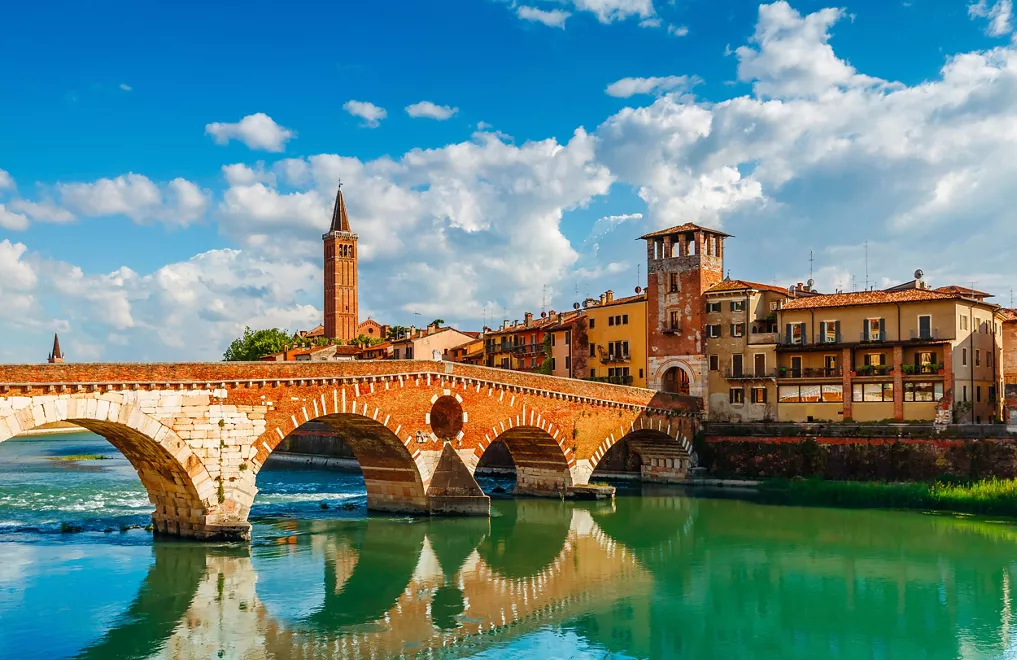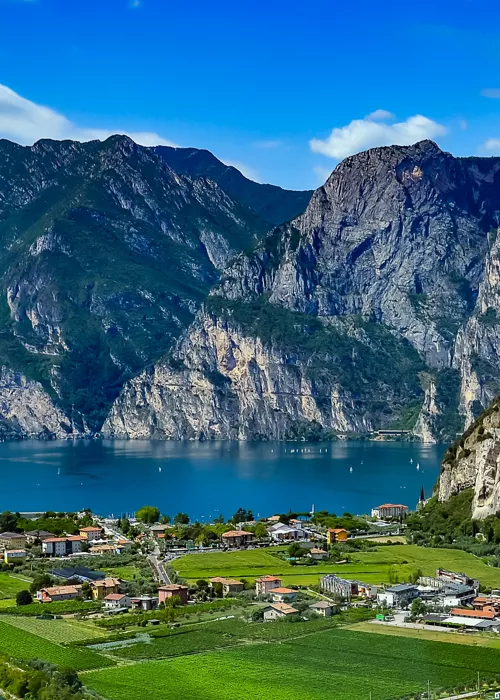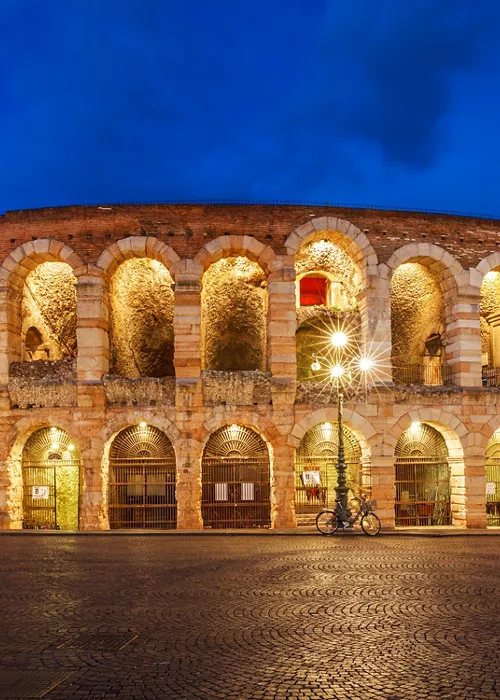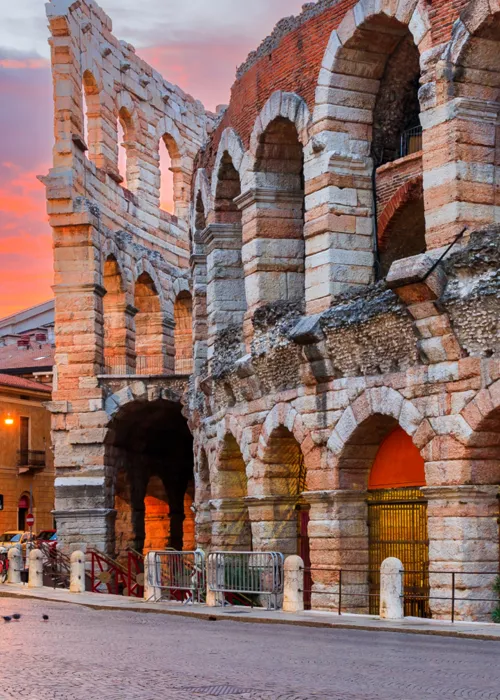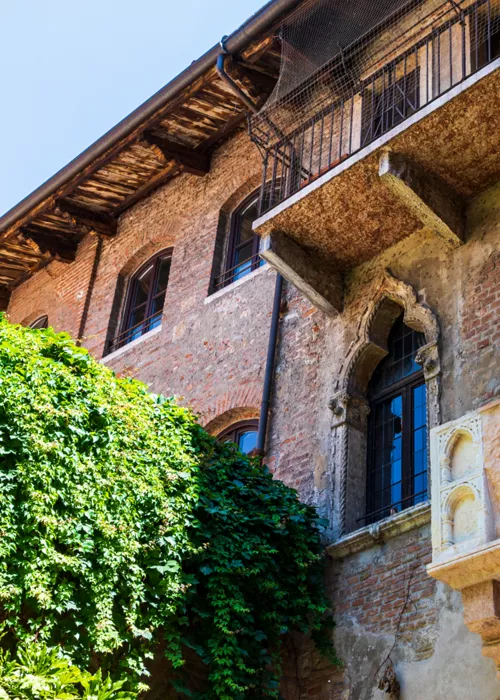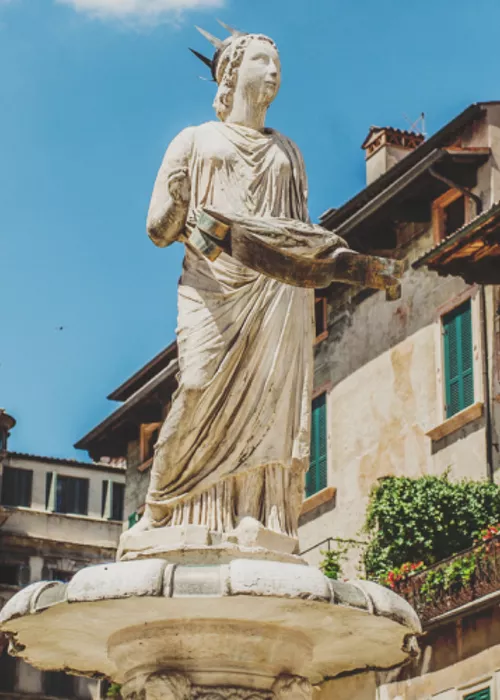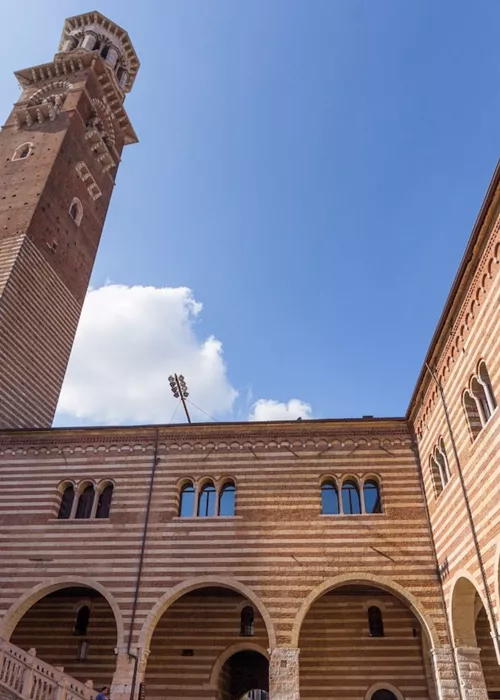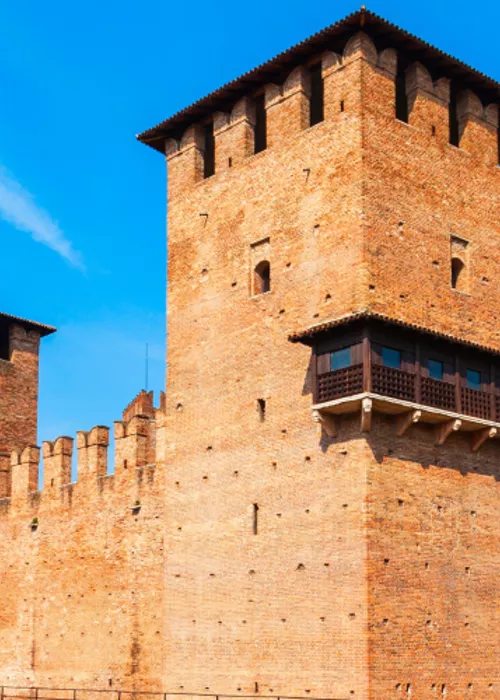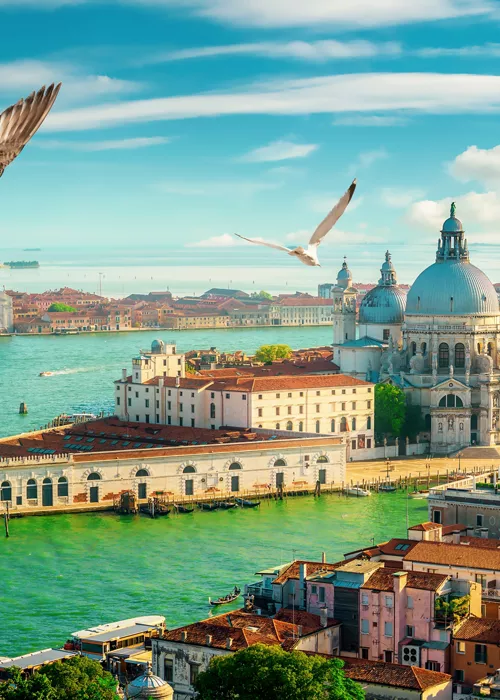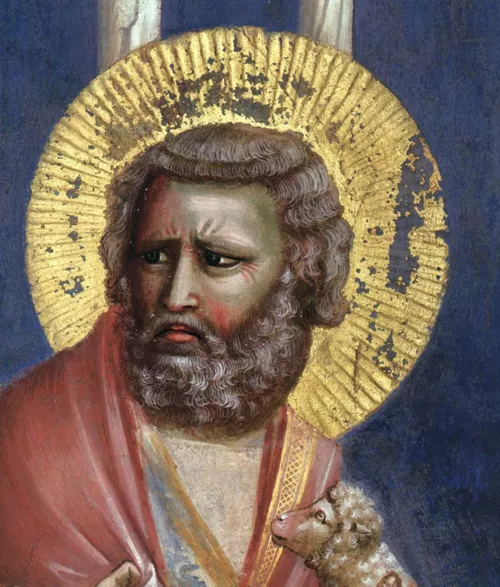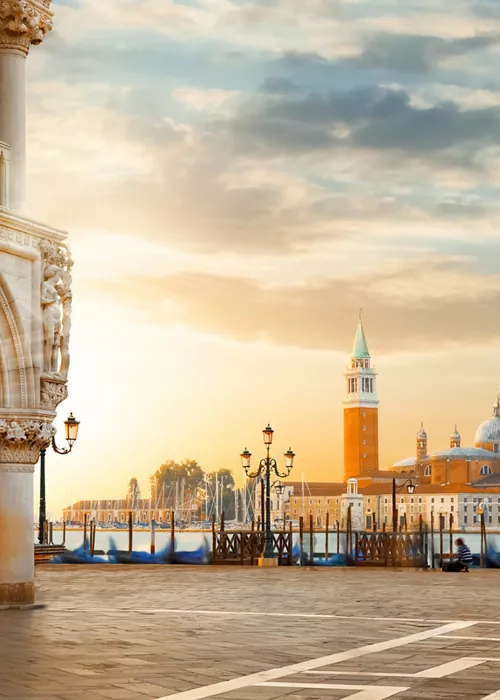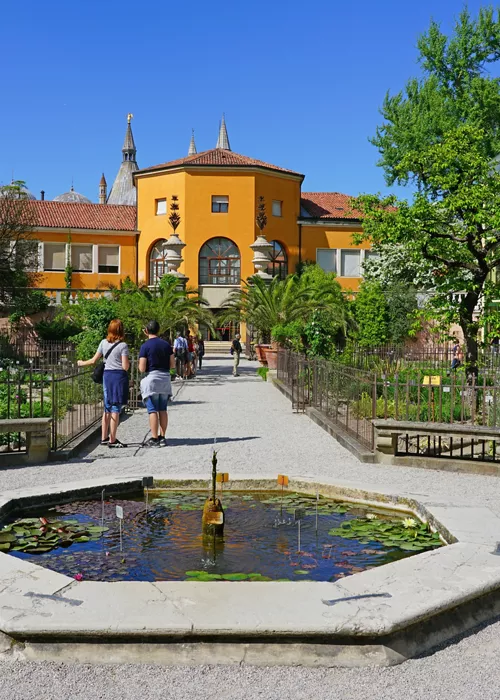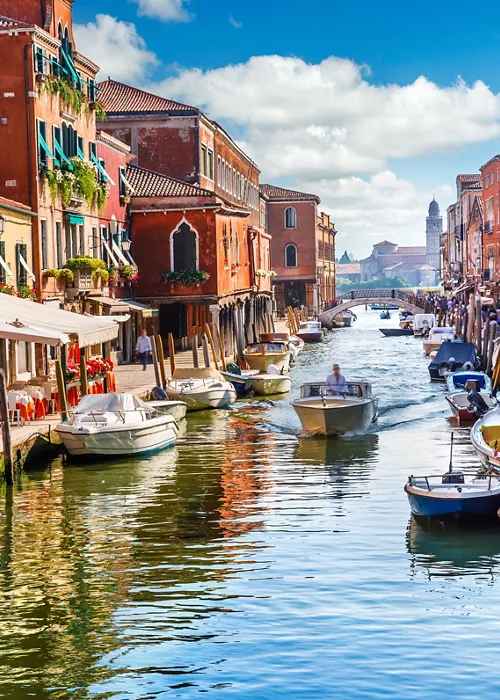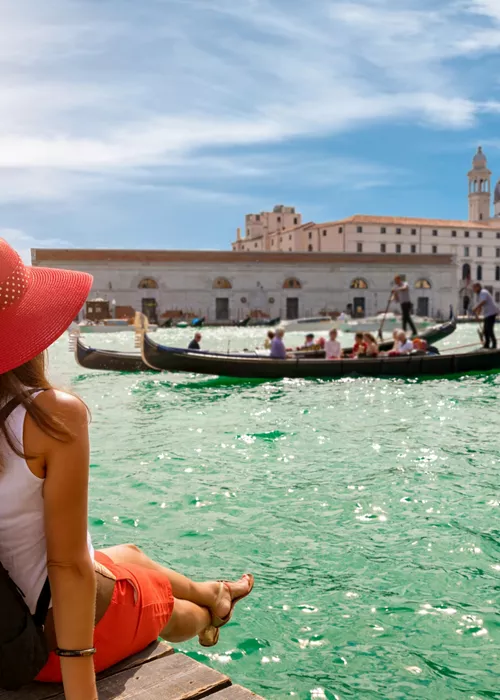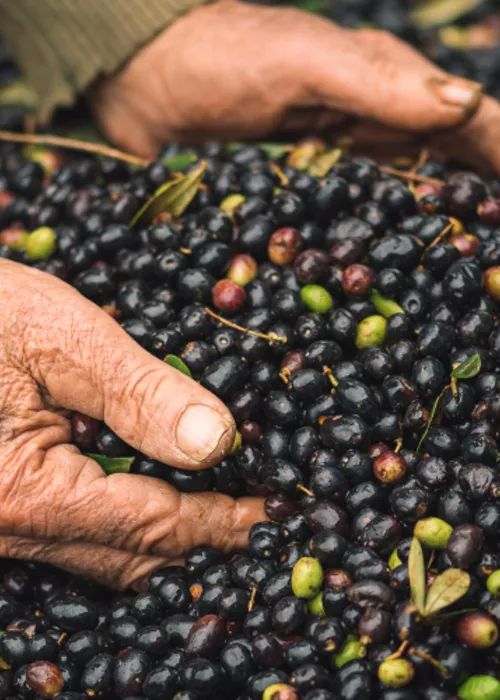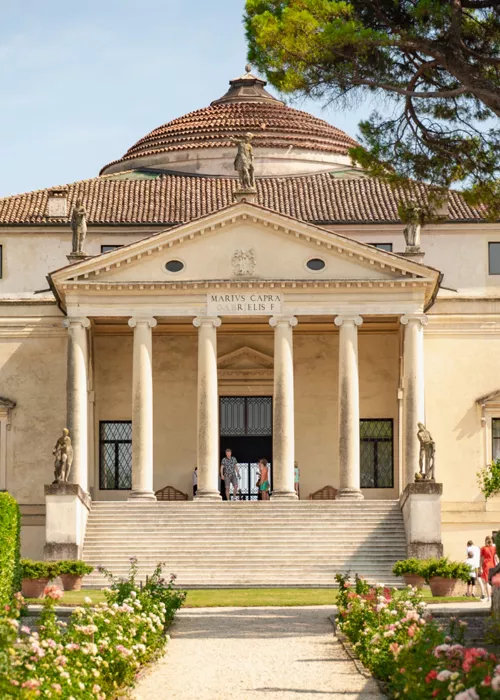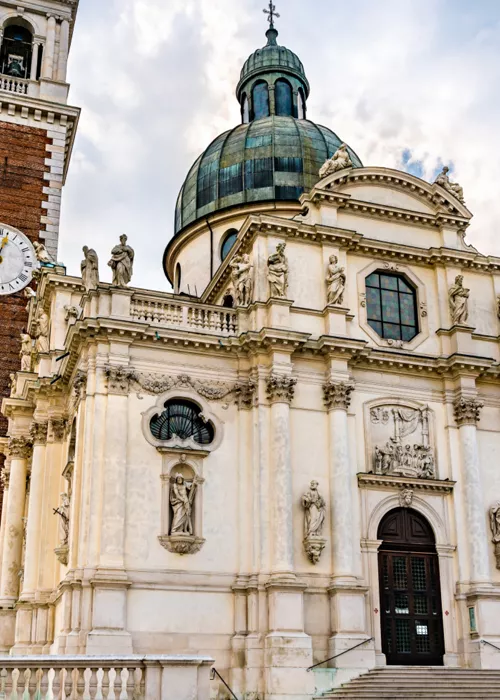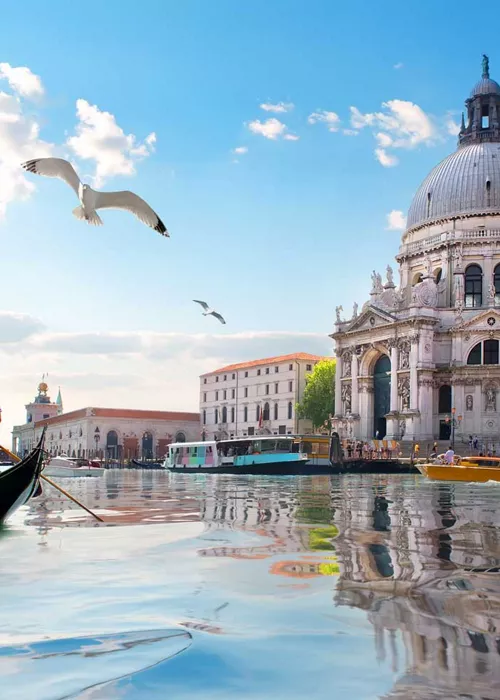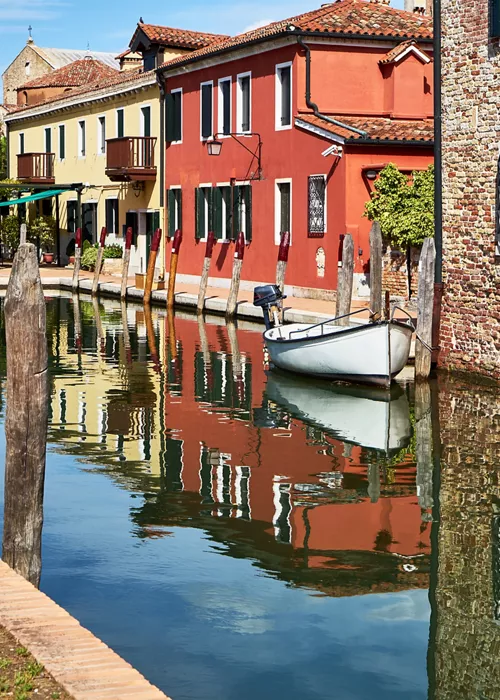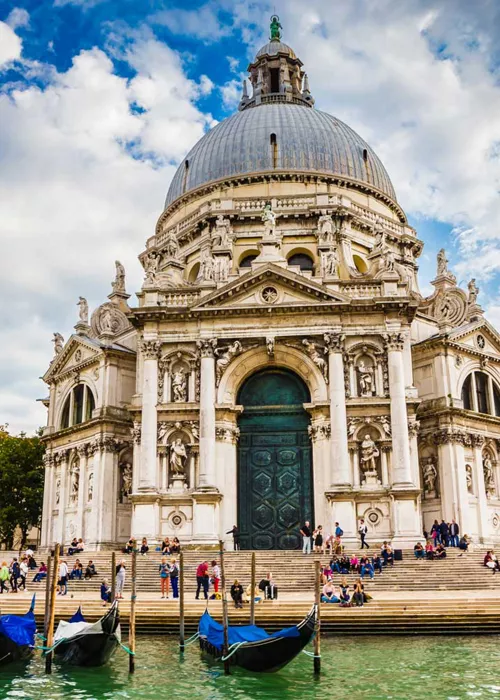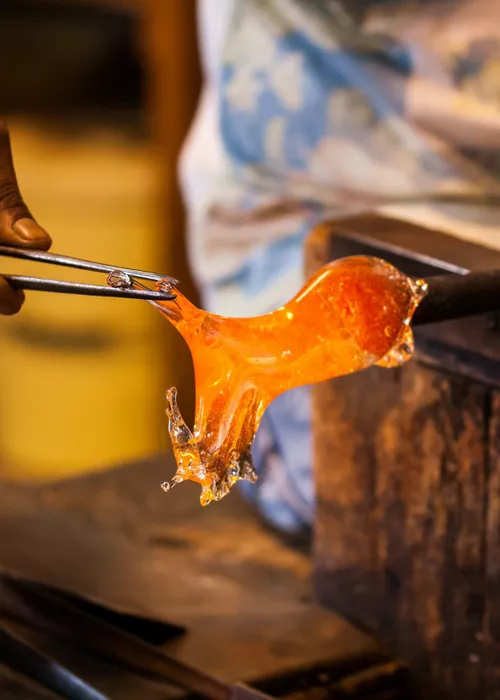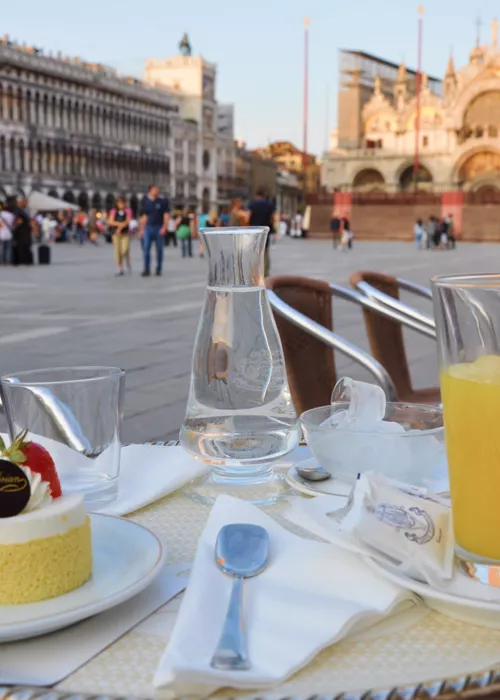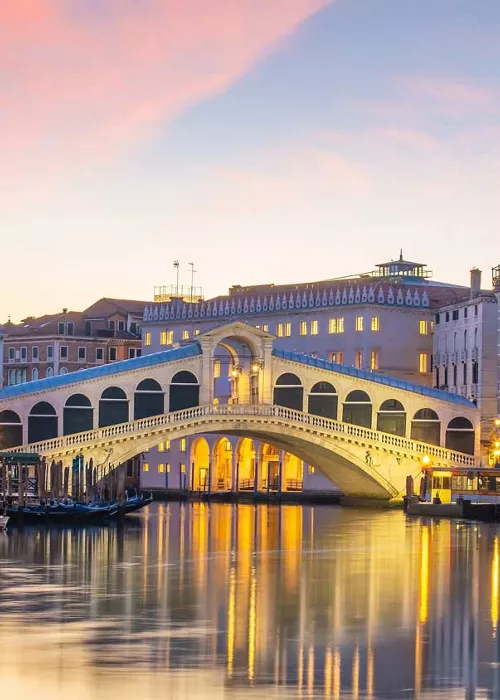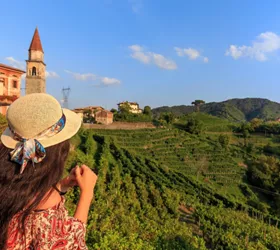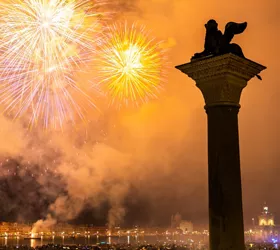Verona: a city to fall in love with to honour Romeo and Juliet
4 minutes
Verona is a magical city in northern Italy where art, history and culture combine to give you wonderful memories.
Home of Romeo and Juliet, it is known all over the world as a city to fall in love with.
Where Verona is located and why it is so special
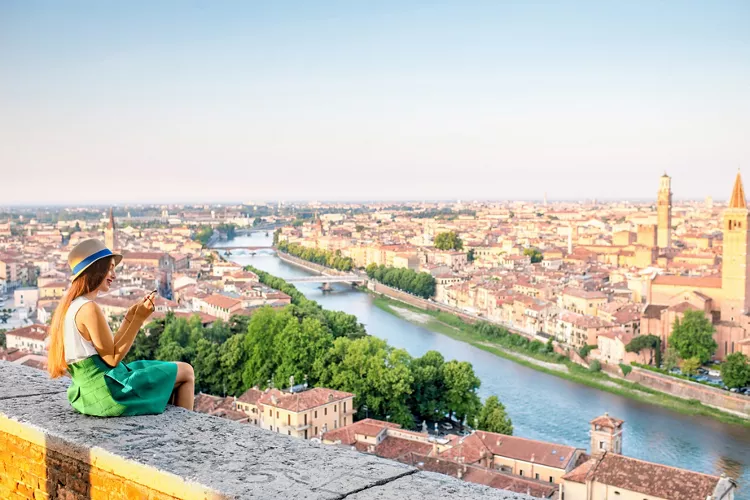
Verona stands on a strip of land drawn by the loops of the Adige River, in the heart of the Po Valley and just a few kilometres from Lake Garda.
The urban layout of the city is linked to the Scaligeri family, who in two centuries transformed Verona into a powerful Signoria in all of Italy.
History and information on Verona
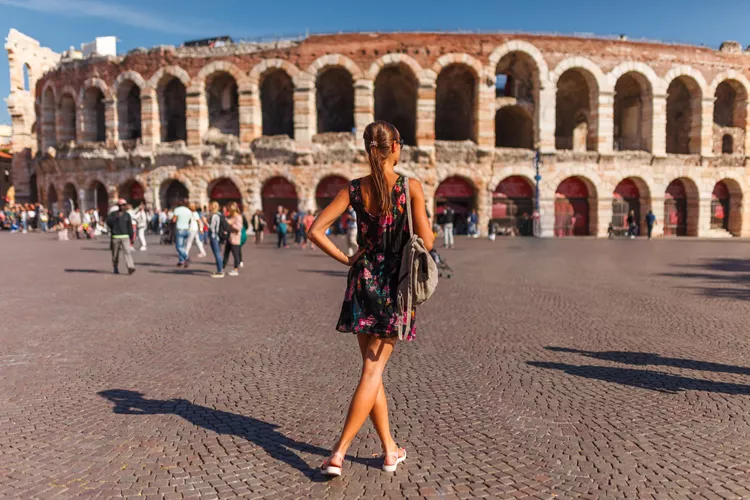
Already existing as a small centre populated by the Veneti and the Cenomani Gauls, in the 1st century BC Verona became a Roman municipium and in the following centuries saw the domination of the Ostrogoths, the Lombards and Charlemagne.
The impressive monuments of Roman Verona were enhanced by the della Scala family and the city became an important seat of political and administrative power in the province until the oath of allegiance to Venice. The city remained part of the Venetian Republic for four centuries, until its occupation by Napoleon and its cession to the Austrians in 1797.
Why Verona is a UNESCO site
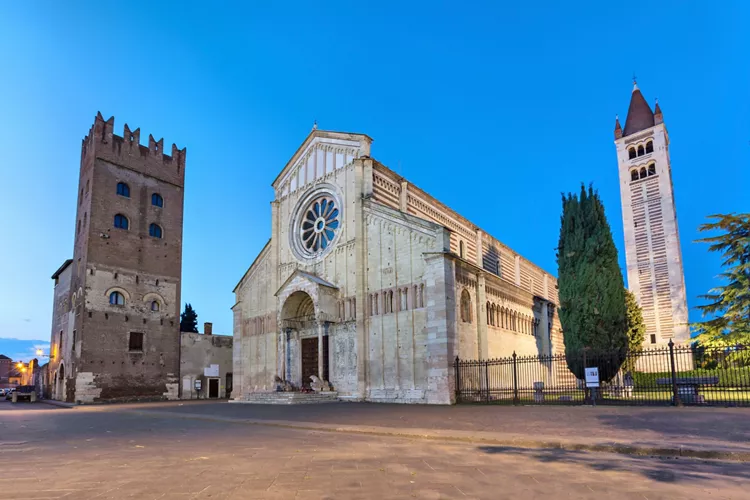
Because of its urban structure and its architecture made up of Roman monuments that marry the Renaissance art Verona has been a UNESCO World Heritage Site since 2000 as a splendid example of an city of art.
The most beautiful places to visit in Verona:
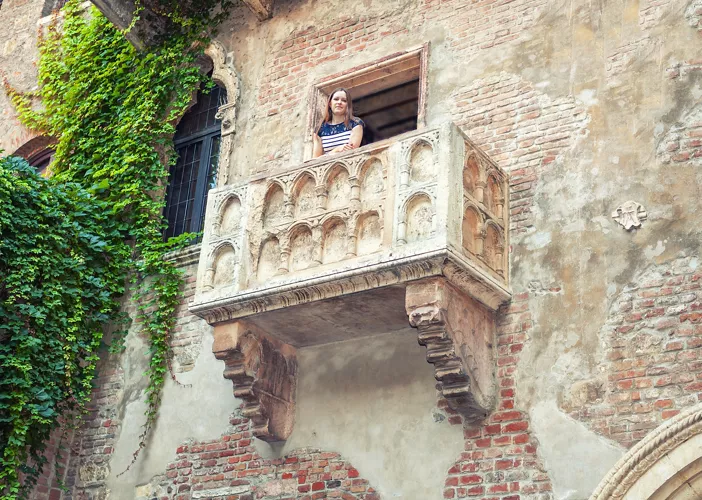
The city's two thousand years of history are well represented by the stupendous Arena di Verona, the city's iconic amphitheatre that stands out on Piazza Bra.
Built in the 1st century to host gladiator fights, the Arena has become the largest open-air opera house in the world since 1913, when it staged Giuseppe Verdi's Aida . Today you can visit it on days when there are no performances or discover it during concerts or operas.
While in Piazza Bra, look up. In addition to the Arena, the 17th-century Palazzo della Gran Guardia, the imposing Palazzo Barbieri and the marble Liston, as well as several cafés and restaurants, stand here.
The other symbol of the city is just a few steps away. We are in the historical centre of Verona, and Juliet's house, an evocative medieval palace that actually belonged to the Cappelletti family, also known as the Capulets, is a must. The small courtyard is overlooked by the balcony symbolising the love story of Romeo and Juliet, written by Luigi da Porto and later reworked and made world famous by William Shakespeare.
From Juliet's house, it is only a few steps to Piazza delle Erbe, the oldest square in Verona, which was built over the area of the Roman Forum and became the centre of political and economic life in Roman times.
Some of the city's most beautiful monuments are here: Palazzo Maffei, with its 17th-century façade in late Renaissance style with Baroque motifs, and the imposing Torre dei Lamberti, which you can ascend by lift or by climbing 368 steps for a panoramic view of the city.
From the tower you can get a glimpse of the ancient Roman Theatre located on the other side of the Adige River, on the side of the San Pietro hill. You can reach it on foot by crossing the historic Ponte Pietra, the oldest bridge in the city and also the only one remaining from Roman times. Before crossing the bridge, however, stop at the cathedral of Santa Maria Assunta, the Duomo of Verona rebuilt in Romanesque style after the 1117 earthquake and renovated during the Renaissance.
The Palazzo della Ragione is divided between Piazza delle Erbe and Piazza dei Signori. A historical seat of military, judicial and administrative power since 1500, the building now houses the Achille Forti Gallery of Modern Art with its collection dedicated to the visual arts of the 19th and 20th centuries.
On the other side of the city, overlooking the banks of the Adige River, stands the symbol of the medieval power of the Scaligeri: Castelvecchio, built between 1354 and 1356 and today the city's most important museum with collections of medieval, Renaissance and modern art.
7 typical products and dishes of Verona
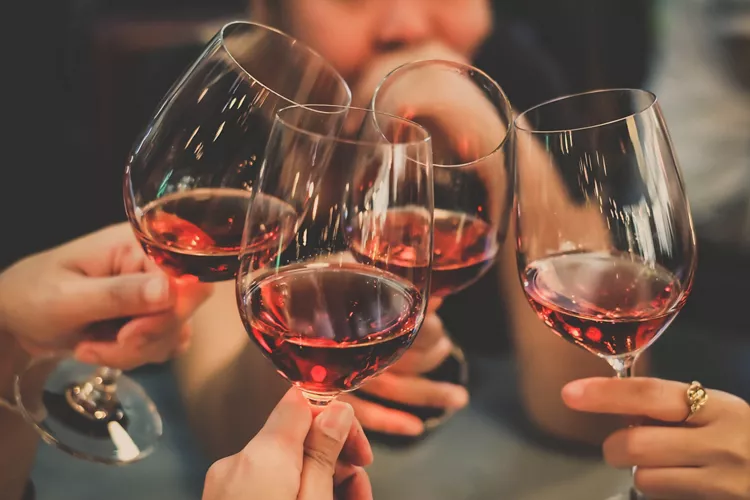
In Veneto, good wine is an important reality and Verona is no exception. Valpolicella arrives on Veronese tables directly from the hilly area above the city, as does Amarone, a powerful red wine to pair with autumn and winter foods such as stews, stews and roasts.
Amarone is also the protagonist of a first course that you can find in every restaurant or trattoria in the city: risotto all'amarone, prepared strictly with Vialone Nano rice, a particular variant of rice cultivated in the Veronese lowlands.
While sipping a glass of wine, you should try the Venetian soppressa, a tasty salami enriched with garlic that cannot be missed at aperitifs in the streets of the city.
And at Christmas, don't miss out on a delicious Pandoro, born right here.
You cannot leave without enjoying the olio del Garda, an extra virgin olive oil produced in the Lake Garda region and also widely used in Verona.

